Opinion -- tomatoes on trellis or in cage ?
Lynn Dollar
4 years ago
Featured Answer
Comments (19)
Related Professionals
Brentwood Landscape Architects & Landscape Designers · Tempe Landscape Contractors · Cicero Landscape Contractors · Deer Park Landscape Contractors · Kerman Landscape Contractors · Lantana Landscape Contractors · Lebanon Landscape Contractors · St. Louis Landscape Contractors · Wailuku Landscape Contractors · Aberdeen Decks, Patios & Outdoor Enclosures · Ashburn Decks, Patios & Outdoor Enclosures · Crystal Lake Decks, Patios & Outdoor Enclosures · Prichard Decks, Patios & Outdoor Enclosures · Redlands Decks, Patios & Outdoor Enclosures · West Chicago Decks, Patios & Outdoor Enclosuresoldbusy1
4 years agolast modified: 4 years agoLynn Dollar
4 years agoLynn Dollar
4 years agoHU-422368488
4 years agoluvncannin
4 years agoOkiedawn OK Zone 7
4 years agoLynn Dollar
4 years agoslowpoke_gardener
4 years agojlhart76
4 years agoluvncannin
4 years agohazelinok
4 years agodrat1047 Western Oklahoma
3 years agolast modified: 3 years agoLynn Dollar thanked drat1047 Western OklahomaLynn Dollar
3 years ago
Related Stories
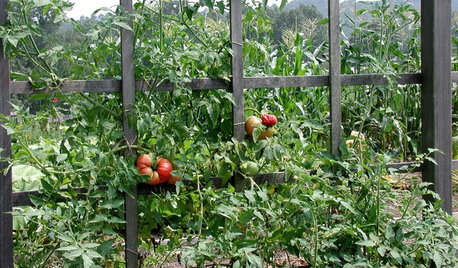
EDIBLE GARDENSThere’s Nothing Cagey About Tomato Cages
Learn about using tomato cages, trellises, stakes and other supports that will help your tomato plants thrive
Full Story
EDIBLE GARDENSSummer Crops: How to Grow Tomatoes
Plant tomato seedlings in spring for one of the best tastes of summer, fresh from your backyard
Full Story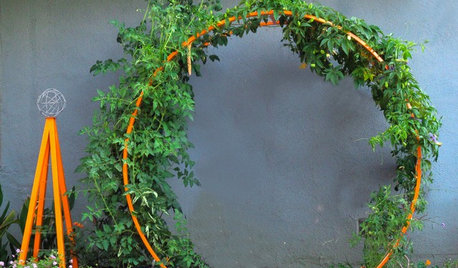
SUMMER FRUITS AND VEGETABLESCherry Tomato Plant Does Double Duty as a Design Element
Besides being tasty, cherry tomatoes bring a burst of bright color to the landscape
Full Story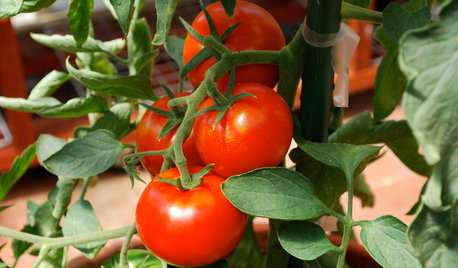
GARDENING 101How to Grow Tomatoes in Pots
Don’t have much space for a garden? All you need is a sunny spot and a large container to grow this favorite summer crop
Full Story
FARM YOUR YARDHouzz Call: Home Farmers, Show Us Your Edible Gardens
We want to see where your tomatoes, summer squashes and beautiful berries are growing this summer
Full Story
GARDENING GUIDESCalifornia Gardener's June Checklist
Update your hydrangeas, catch up on tomatoes and more ways to enjoy your California garden in June
Full Story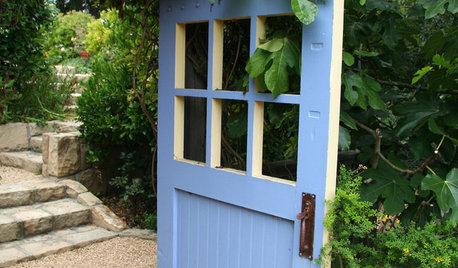
LANDSCAPE DESIGNArtful Salvage: Old Doors Decorate the Garden
In a fence or leading only to imagination, salvaged doors can create lots of intrigue for little cash
Full Story
EDIBLE GARDENS8 Surefire Vegetables and Herbs for Beginning Gardeners
Learn the edible plants that are popular and easy to grow in a backyard or container garden
Full Story
SPRING GARDENINGSummer Crops: How to Grow Strawberries
Pluck your own sweet strawberries right from the garden vine for smoothies, salads or eating then and there
Full Story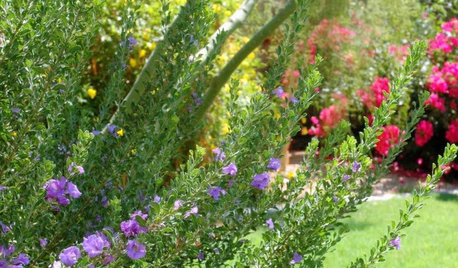
GARDENING GUIDESSouthwest Gardener's June Checklist
Protect your plants from too much sun while waiting for rain relief, and guess what? Those cacti might need a drink
Full StoryMore Discussions








hazelinok